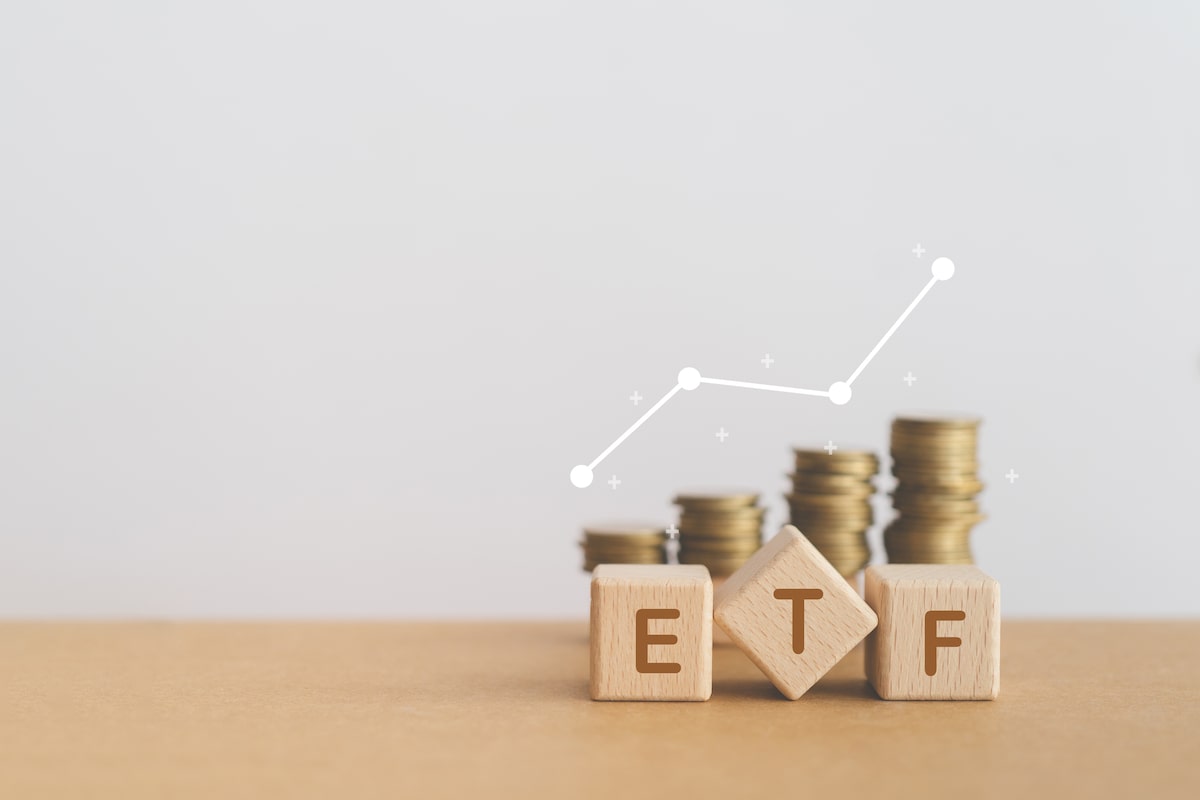Broad developed market ETFs brought in $7.3-billion, the most ever for a half-year period, supported by strong performance.Ratana21/iStockPhoto / Getty Images
Against a backdrop of global economic uncertainty and market volatility, Canadian investors poured a record $55-billion into exchange-traded funds (ETFs) in the first half of 2025, as asset managers launched a flurry of new products
The six months up to June 30 were the strongest-ever start to a year, despite the ongoing, knee-jerk U.S. tariff threats. The $54.8-billion in new assets under management (AUM), according to National Bank Financial Inc. (NBF), puts the year on track to surpass the record $76-billion inflows for all of 2024.
Equity ETFs led the way in the first half, bringing in $27.8-billion, with $8.7-billion going to U.S. equity products. Funds covering other regions also gained ground as investors looked to diversify equity holdings amid the upheaval from U.S. President Donald Trump’s tariffs.
“This year, while the inflows into U.S. equity ETFs have moderated, international equities have stepped up to drive growth,” says Linda Ma, vice-president of ETFs and financial products research at NBF.
She attributes the rise in international ETF demand to three factors: performance, structural shifts and a desire for diversification.
“Instead of buying U.S. equities, people are buying international exposures to step away from the chaos in the U.S. and also as low-volatility strategies to manage risk,” Ms. Ma says.
Broad, developed market ETFs brought in $7.3-billion, the most ever for a half-year period, according to NBF data, supported by strong performance. The MSCI EAFE Index, which tracks developed economies outside North America, outperformed early in 2025, catching investor attention.
“There’s been a lot more enthusiasm for ETFs that track international indices,” says Bipan Rai, managing director and head of ETF and structured solutions strategy at BMO Global Asset Management, noting the impact of U.S. economic instability on investor preferences.
“If trade with the U.S. isn’t going to be as significant a growth driver, then many nations are reconfiguring their economies and investing more in areas such as infrastructure and defence,” he says.
Fixed-income ETFs brought in $18.8-billion, led by money market funds ($5.3-billion), Canadian corporate bonds ($4.7-billion) and Canadian aggregate bonds ($4.4-billion).
“The allocation to fixed income, while it wasn’t at the record levels of last year, is still quite high,” says Pat Chiefalo, head of ETFs and indexed strategies at Invesco Canada Ltd. “Investors are still being somewhat conservative with the new money they’re putting to work … but they still want a risk overlay.”
New launches
Asset managers launched 192 ETFs in Canada in the first half of 2025, on pace to exceed the record 224 launches recorded last year. Actively managed ETFs continued to gain influence, accounting for 105 of the new products, now making up 34 per cent of total Canadian ETF AUM.
Mr. Chiefalo says new products have brought greater variety to the ETF market, giving investors more ways to tailor strategies to their portfolios.
“The market is proliferating in terms of exposures,” he says. “Soon, whether it’s active or index, most investor choices are going to be available through an ETF vehicle.”
Some of the new strategies that have seen ETF launches this year include collateralized loan obligations and alternative cryptocurrencies, or altcoins.
Leveraged and inverse ETFs have surged in 2025, with 55 launches so far this year – more than double the 24 launches in all of 2024. Of these, 34 are what NBF refers to as “lightly levered” products, using one-quarter or one-third times leverage. These ETFs accounted for almost all of the $2-billion inflows into the leveraged and inverse category.
But this year also marked the debut of triple-leveraged ETFs in Canada, with firms such as LongPoint Asset Management Inc. and Global X Investments Canada Inc. launching products offering three-times daily exposure – or inverse exposure – to the Nasdaq 100, the S&P 500, U.S. Treasuries and Canadian sectors including banks and gold miners, among other categories.
While these products are not designed for the average investor, Ms. Ma says they’re being used for speculative and short-term trading strategies.
“We always say this to all of our National Bank advisors: these products are risky. Buyer beware,” she says.
Mr. Chiefalo says long-term ETF success depends on three principles: simplicity, utility and durability.
“We always advocate for simplicity, and they have to have a high degree of utility to portfolios,” he says. “Most importantly, they have to be all-weather ETFs that can withstand various market shocks and still provide value for investors.”
As ETFs grow in popularity, traditional mutual fund providers are adapting. Manulife Investment Management, for example, launched an ETF series this year of some of its most popular mutual funds.
“There’s a strong demand for active management from Canadian investors,” says Robert Wernic, head of investment specialists at Manulife Investment Management. “But we believe advisors are turning more and more toward ETFs due to ease of trading, intraday liquidity and consolidated tax reporting.”
Ms. Ma says that, after 18 months of record launches and inflows, there’s no sign of momentum slowing.
“We’re seeing strong growth in the DIY investor segment, mutual fund providers are launching ETF series, and banks are integrating ETFs into their wealth platforms,” she says. “At our desk, we’re just busier than ever.”

